Composting is nature's way of recycling
Composting is a natural process that breaks down organic materials into a dark, earthy, soil-like material. Putting compost on your lawn and garden adds nutrients to help plants grow. Follow this guide and you will be composting in your backyard like a pro in no time.
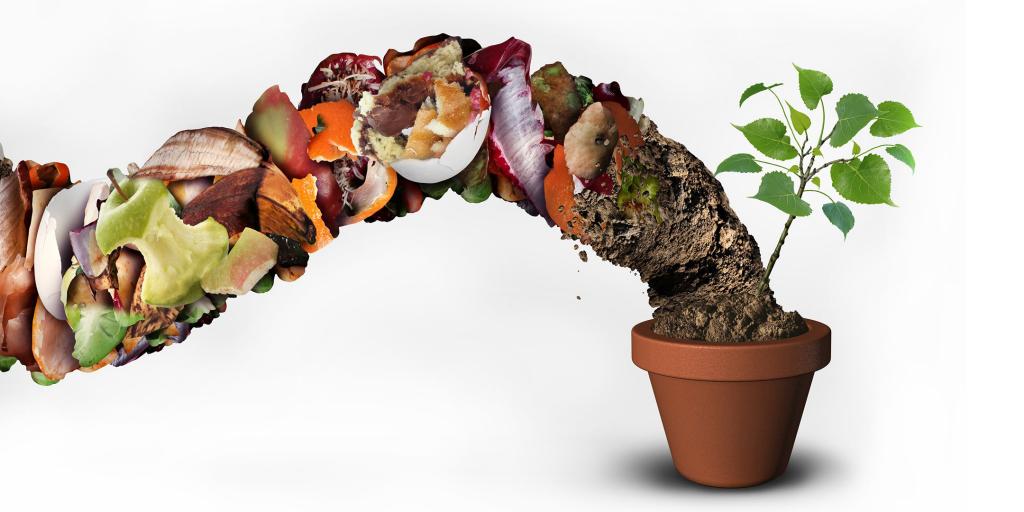
Let nature do the work for you
Composting is a great way to recycle your kitchen scraps and yard trimmings, reduce your trash output and generate a free, rich soil conditioner. Compost is typically used as mulch for your lawn and garden areas as a soil amendment prior to planting, or as a component in potting mixes. Compost will improve your soil and plants while helping Austin be a healthier, more sustainable city.
Here are just some of the ways you can benefit by composting at home:
- Reduce trash you are sending to the landfill.
- Grow healthy, vibrant plants.
- Reduce chemical use.
- Protect the groundwater.
- Save money.
- Help Austin reach its zero waste goal to reduce the amount of waste sent to landfills by 90% by 2040.
By composting, you’re helping the City of Austin reduce the amount of trash sent to landfills, which reduces greenhouse gases and saves natural resources.
Learn how composting works
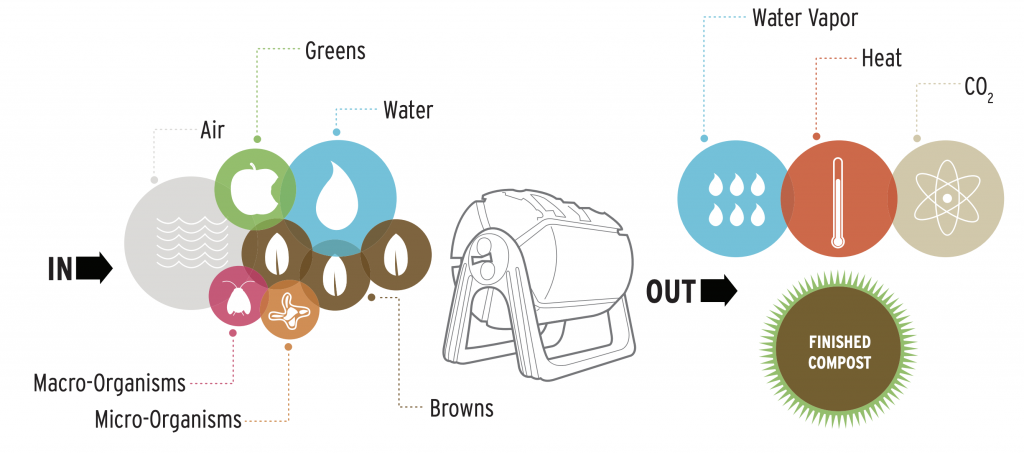
- Add nitrogen-rich greens and carbon-rich browns to your compost bin or pile.
- Add water and “turn” materials.
- Micro-organisms that you can’t see (such as bacteria and fungi) and macro-organisms you can see (such as rolly pollies, earthworms, and other insects) consume and break down the material. With enough air and water, the micro-organisms will produce heat. Hot compost decomposes faster than cold compost. If there is not enough water and oxygen, the micro-organisms will die resulting in a slow rate of decomposition.
- Compost is produced and you can use it on your lawn, plants and garden.
The carbon dioxide released in your backyard compost is significantly less harmful for the environment than the methane produced by organics in a landfill.
Get started with composting
- Select your composter
-
First, decide if you want a compost pile (a small area of the yard where you mix your ingredients) or a fabricated compost bin or tumbler. Generally, a bin or enclosed pile is recommended to discourage pests and make it easier to access the finished compost. There are many commercially produced compost bins, or you can build your own from numerous plans available online. The ideal bin size is three feet, by three feet, by three feet.
Wooden bin 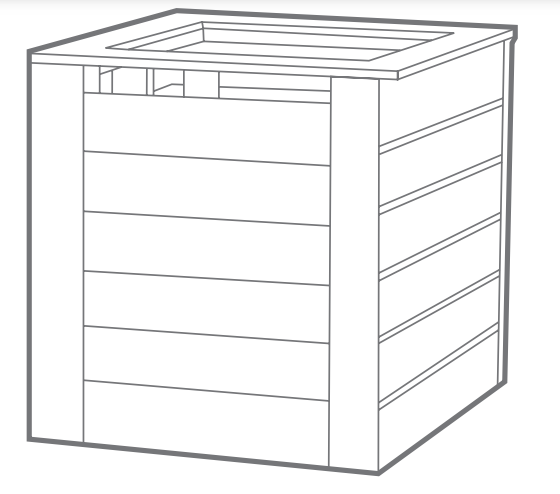
Wire composter 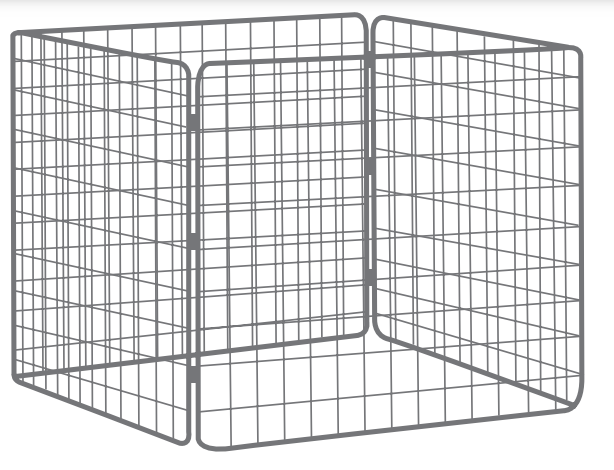
Enclosed plastic bin 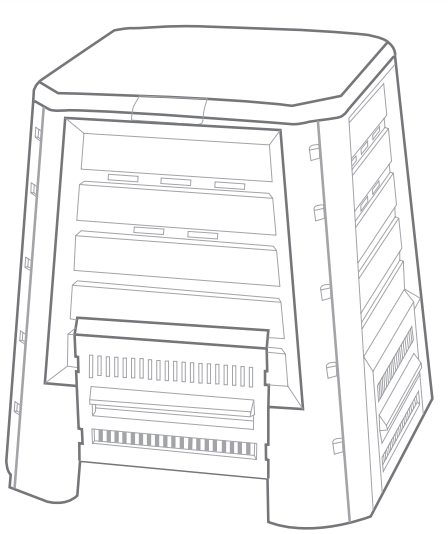
Cone 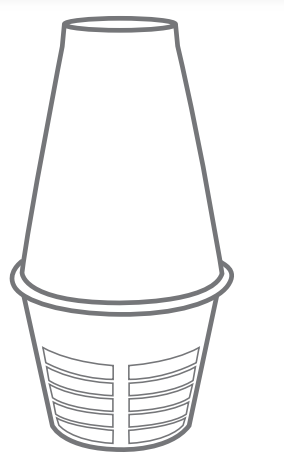
Vermi compost system 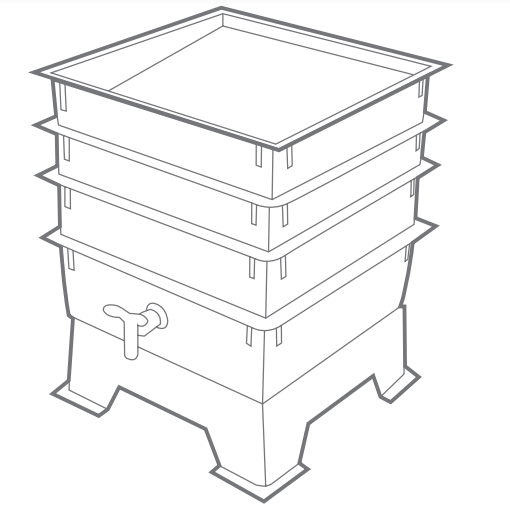
Tumbler 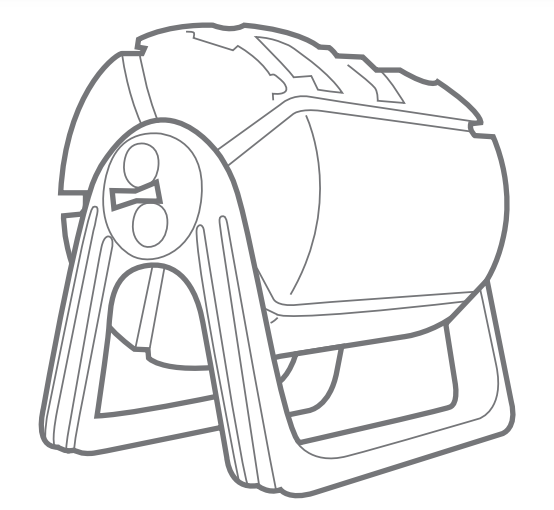
Indoor composter 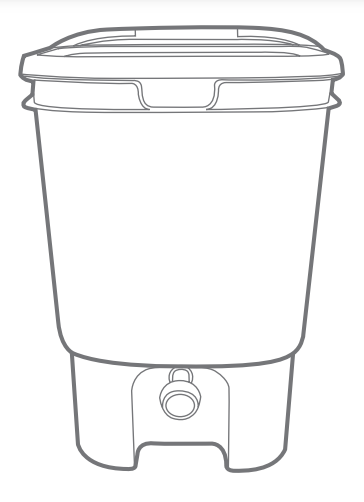
- Learn how to make compost
-
The basic ingredients needed to make compost are organic materials, water and air.
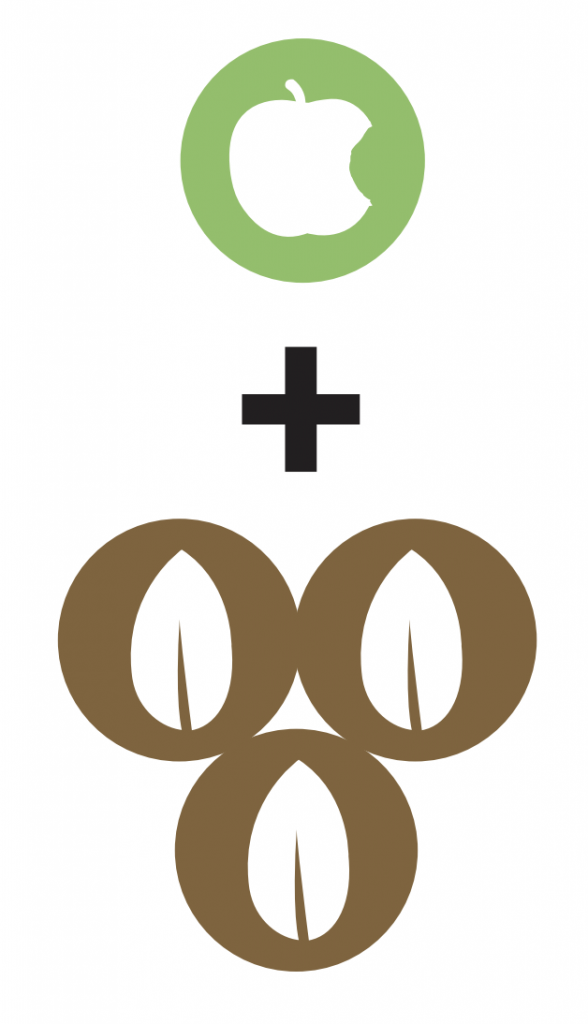
Step 1
Each time you add materials to your pile, add roughly one share of nitrogen-rich greens and three shares of carbon-rich browns.
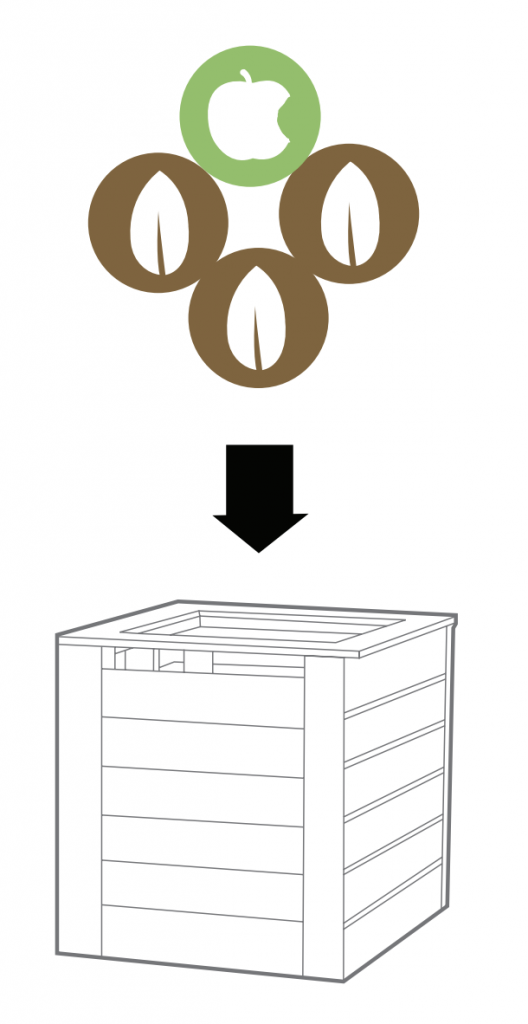
Step 2
Place materials in your compost pile, pre-made compost bin or tumbler.

Step 3
Add some water (you could do so by rinsing out your kitchen compost collector) and mix. Make sure your pile has enough air and water. The mixture should not be more moist than a wrung out sponge.
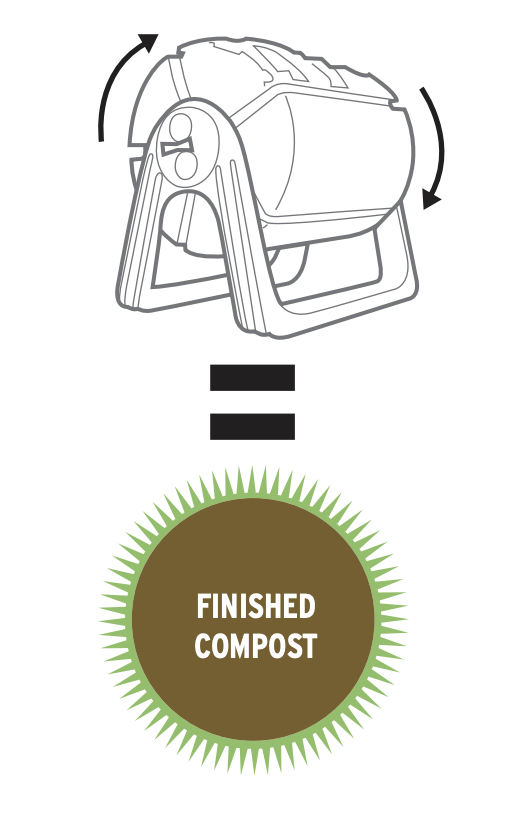
Step 4
Turn or mix occasionally and allow decomposition to occur for a few months. Your consistency will influence your results.
Turning Finished compost weekly 3–4 months bi-weekly 4–6 months monthly 8–12 months - Learn what to place in your compost pile or bin
-
If it grows, it goes. Put these items in your compost pile or bin.
Remember: the smaller the pieces, the faster your compost will decompose.
Nitrogen-rich materials (the greens)
Vegetable and fruit peels and scraps
- Onion skins, potato peelings, lettuce, corn cobs, garlic tops, artichoke leaves, pickles
- Apple cores, banana peels, citrus peels, pineapple skin, watermelon rinds
- Spoiled vegetables and fruits (including juice), canned or from the freezer
Inedible food leftovers
- Clean and crushed egg shells, bread and pie crust, burned toast, oatmeal, stale bread, potato chips, cereal, cookies
- Old pasta, rice and tofu, popcorn, pumpkin seeds, olives, avocados and dates (including pits), nut and peanut shells
- Spices, wine that has gone bad and old beer, soy and rice milk, sugars, gelatin
Tea and coffee scraps
Tea bags and leaves, coffee grounds, filters, bags and burlaps
Fresh grass clippings and plants
Houseplant trimmings, Spanish moss
Carbon-rich materials (the browns)
Dead or dried grass clippings
- Fallen leaves, dead or dried flowers
- Old, dried up herbs, aquarium plants
Wood chips, straw and hay
Wooden toothpicks, sawdust, pencil shavings
Paper
Paper bags, napkins, towels and tissues, newspapers, comics, tickets, cards, envelopes, receipts, paper notes, computer paper, junk mail, shredded paper, paperboard, cardboard
Natural fibers
Lint from clothes dryer, dust bunnies from under the bed, wool socks, vacuum cleaner bag contents, cotton swabs, cotton ball
- Learn what to keep out of your compost pile or bin
-
- All meat, poultry and fish products or bones
- Dairy products
- Very greasy and oily food
- Nylon tea bags
- Anything not biodegradable (plastic, metal, glass)
- Ash from coal, wood or charcoal
- Big or chunky wood material
- Waxed paper
- Glossy paper
- Plastic cotton swabs
- Synthetic fibers
- Weeds and invasive plants
- Test to see if your compost is ready
-
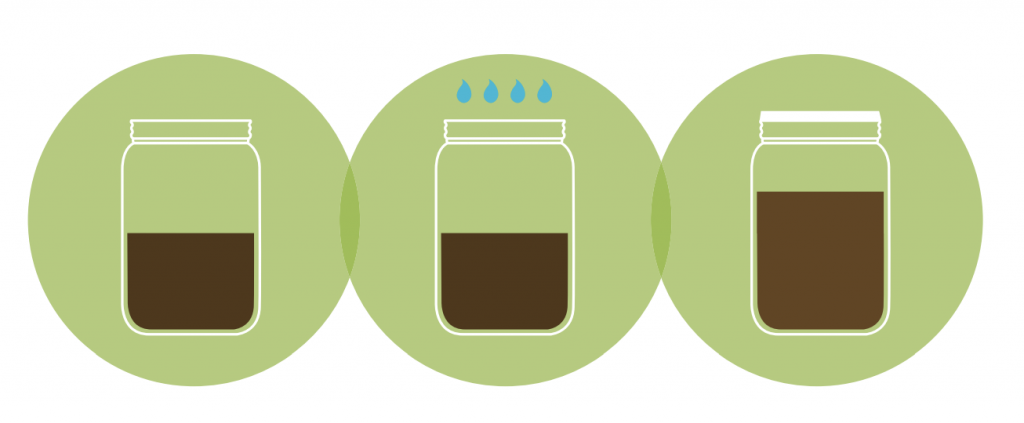
Try the jar test to see if your compost is ready
- Put some compost in a jar, add water to make it soggy, and seal the jar tightly.
- Leave it alone for a week, then open the jar carefully.
- Check for odor. If it smells like wet earth, then the compost is done.
Finished compost is dark brown or black and crumbly with a rich, earthy smell. Using compost in the late summer or fall is ideal so that you can make room in your compost bin for fall leaves.
- Troubleshoot issues with your compost
-
Composting is not an exact science. If you combine roughly one part of nitrogen-rich greens to three parts carbon-rich browns to your compost then you will be off to a good start. Here are some common composting problems and how to fix them.
Symptom
Problem
Solution
Bad odor Not enough air, too little browns Turn/mix the compost and add more browns The pile smells alright but is not decomposing Not enough water, too little greens Moisten pile, turn material and add more greens Liquid is leaking out of the bottom of the bin Too much water. Materials should be damp like a wrung-out sponge Add more of the dry browns and turn/mix the compost Compost not breaking down properly Materials are too big Cut materials into smaller pieces
